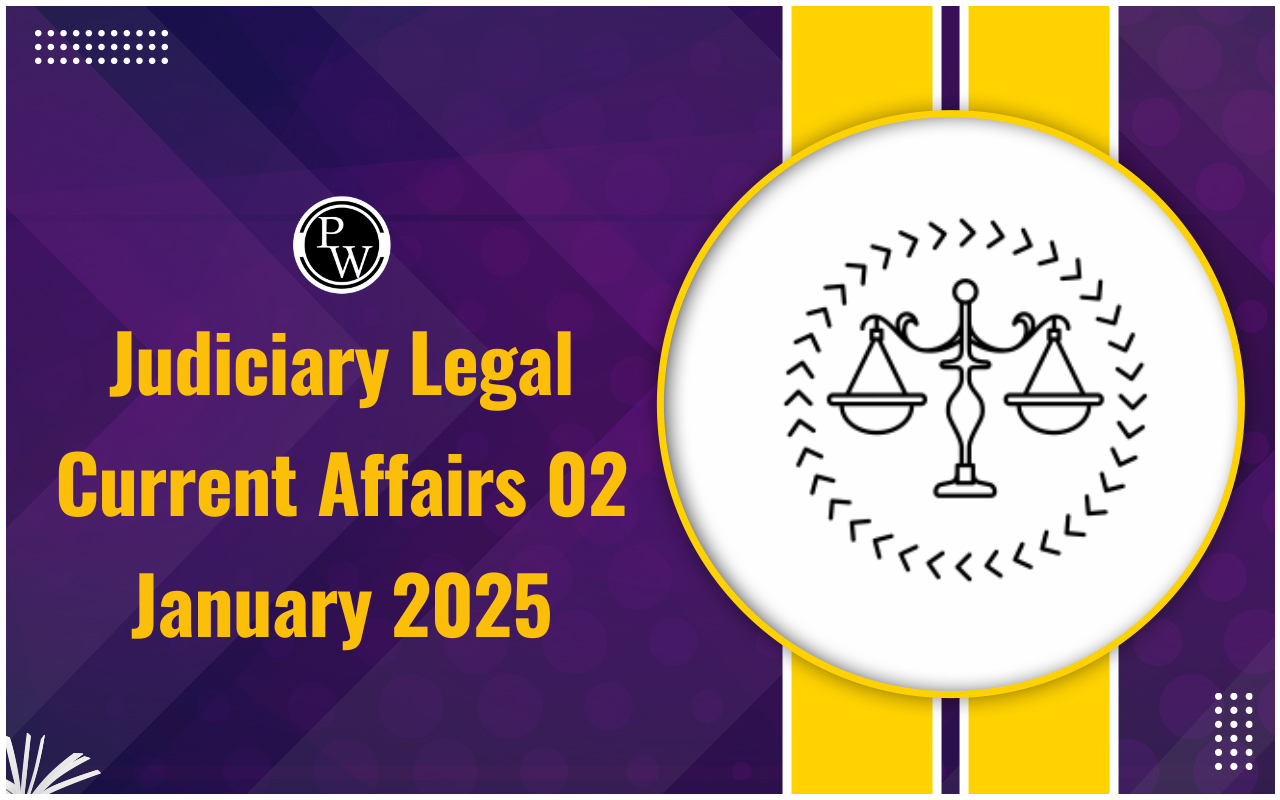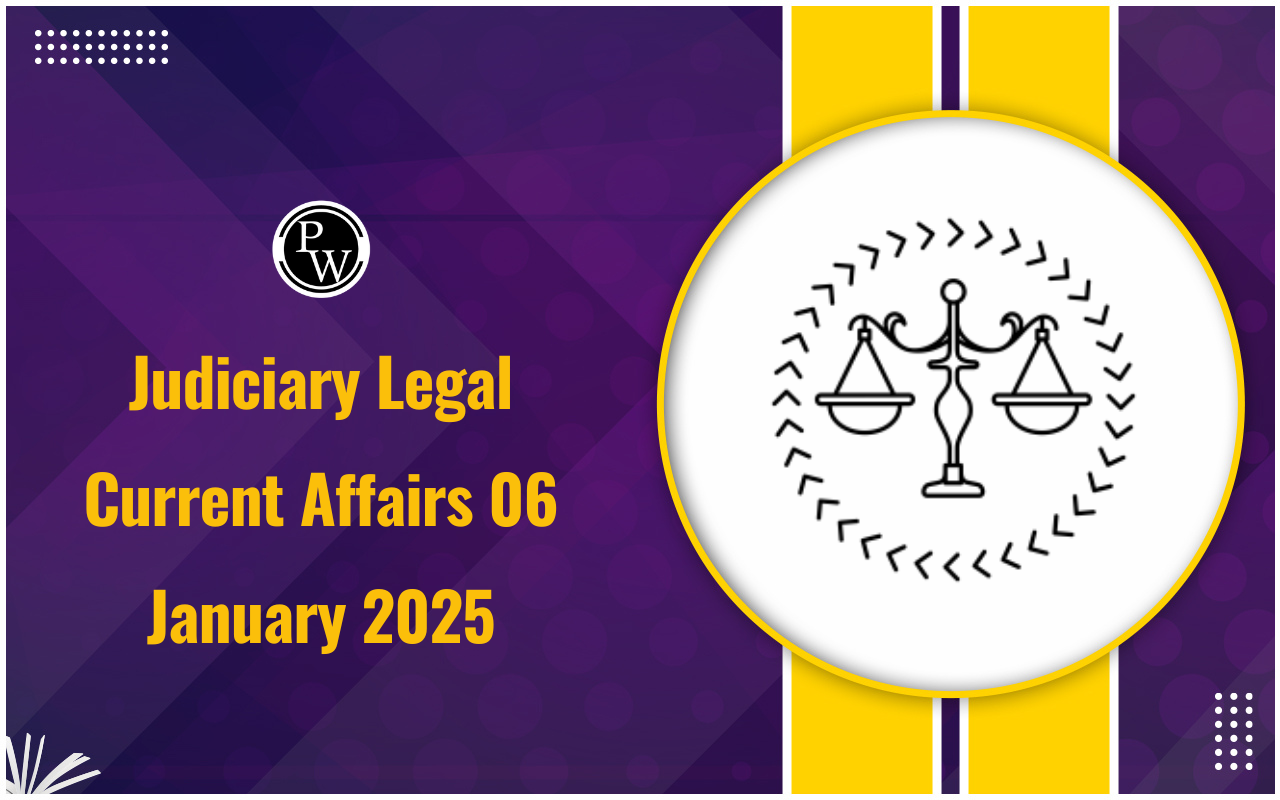
Khilji Dynasty: The Khilji Dynasty ruled the Delhi Sultanate from 1290 to 1320. Their rise marked a significant shift as it reduced the influence of Turkish officials in the administration. Understanding the Khalji Dynasty and its key rulers is crucial for Teaching Exams candidates. In this article, we will provide a brief overview of the Khalji Dynasty, also known as the Khilji Dynasty.
Khilji Dynasty
The Khilji Dynasty ruled the Delhi Sultanate from 1290 to 1320 CE, marking a pivotal era in Indian history. Founded by Jalaluddin Khalji, the dynasty succeeded the Mamluk Dynasty, also known as the Slave Dynasty. Jalaluddin Khalji, known for his benevolent rule, suppressed revolts and faced challenges like the Mongol invasions led by Abdullah. His ambitious nephew, Alauddin Khalji, later ascended to power after betraying Jalaluddin and brought significant military conquests and administrative reforms. Alauddin broke away from tradition by asserting his authority independently, shaping the dynasty's legacy. After Alauddin's death in 1316, the Khilji Dynasty declined, paving the way for the Tughlaq Dynasty in 1320. The Khilji Dynasty's impact on Indian history includes territorial expansion, reforms, and enduring political changes in the Delhi Sultanate.Khilji Dynasty Overview
The Khilji Dynasty, founded by Jalal-ud-din Khilji, ruled from 1290 to 1296. This dynasty succeeded the Mamluk Dynasty, also known as the Slave Dynasty (1206-1290), which was led by early Turkish rulers like Qutbuddin Aibak, Shamsuddin Iltutmish, Raziya, and Ghiyasuddin Balban. Alauddin Khalji was the first Sultan of Delhi to break the tradition of being styled as the Caliph’s deputy and receiving investiture from him. Instead, Alauddin Khalji’s son, Qutb-ud-din Mubarak, took the title of Khalifa for himself. The Khilji Dynasty was later succeeded by the Tughlaq Dynasty.History of Khilji Dynasty (1290-1320 CE)
The Khilji Dynasty ruled the Delhi Sultanate from 1290 to 1320 CE. It was founded by Jalaluddin Khalji, who originally went by the name Malik Feroz Khalji. Known for his kind and generous nature, Jalaluddin was often called the "Saint Ruler." His reign from 1290 to 1296 was marked by several significant events.Jalaluddin Khalji (1290-1296)
Jalaluddin Khalji (1290-1296) founded the Khilji Dynasty, known for his efforts to suppress revolts, capture forts, and defend against Mongol invasions.- Rise to Power: Jalaluddin Khalji established the Khilji Dynasty after overthrowing the Mamluk Dynasty, also known as the Slave Dynasty.
- Notable Events: One of the key events during his rule was the suppression of Sidi Maula's revolt. He also attempted to capture the heavily fortified Ranthambore Fort, but this effort was unsuccessful. At the time, the fort was under the control of Hamir Dev.
- Mongol Invasion: The Mongols, led by Abdullah, whom Jalaluddin considered his son, attacked India. After the attack, a group of Mongols led by Ulgu settled in Delhi and were known as "New Muslims."
Alauddin Khalji's Role
Alauddin Khalji, appointed governor by Jalaluddin, gained wealth through military campaigns and ultimately betrayed and killed Jalaluddin to seize the throne.- Appointment: Jalaluddin appointed his ambitious nephew, Alauddin, as the Iqtedar (governor) of Haasi and Kada.
- Military Campaigns: Alauddin sought permission from Jalaluddin to conduct military campaigns in Gujarat and South India. He successfully attacked Milsa in Gujarat in 1293 and Devgiri in Maharashtra in 1294, gaining a vast amount of wealth.
- Betrayal and Ascension: Instead of turning over the acquired wealth to the central treasury, Alauddin kept it for himself. When Jalaluddin demanded the wealth, Alauddin invited him to Kada under the guise of handing it over, only to betray and kill him there, paving the way for his own ascent to the throne.
Alauddin Khalji (1296-1316)
Alauddin Khalji (1296-1316) expanded the Sultanate and implemented major reforms, asserting his authority independently from the Caliph.- Reforms and Expansion: Alauddin Khalji's rule was characterized by significant military conquests and administrative reforms. He expanded the Sultanate's territory and introduced economic and military reforms to strengthen his rule.
- Departure from Tradition: Alauddin was the first Sultan of Delhi to break away from the tradition of being styled as the Caliph's deputy, choosing instead to assert his own authority.
Decline and Succession
After Alauddin's death in 1316, the Khilji Dynasty weakened and ultimately fell in 1320, succeeded by the Tughlaq Dynasty.- Alauddin's Death: After Alauddin's death in 1316, the dynasty began to weaken. His son, Qutb-ud-din Mubarak, briefly assumed power but could not maintain the same level of control.
- End of the Dynasty: The Khilji Dynasty eventually fell in 1320, succeeded by the Tughlaq Dynasty.
Khilji Dynasty Rulers
The Khilji dynasty, known for its significant rule from 1290 to 1320 AD, saw several notable rulers who shaped Indian history.Jalaluddin Firuz Khilji (1290-1296)
Jalaluddin founded the Khilji dynasty and became its first ruler. Initially based in Kilokhari, he ascended as Sultan of Delhi after overthrowing Kayumarsd. Notably, he attempted to maintain peace despite challenges from the Turkic nobility. His reign is marked by the invasion of Devgiri. In 1296, he was assassinated by his son-in-law, Alauddin Khilji.Alauddin Khilji (1296-1316)
Alauddin Khilji, also known as Ali Gurshasp or Sikandar-e-Sani, was the most powerful ruler of the Khilji Dynasty. He expanded the empire to the southern tip of the Indian subcontinent, a first among Delhi Sultans. Alauddin introduced systematic land measurements and revenue collection, insisting on cash payments. His military prowess, supported by capable generals like Nusrat Khan, Ulugh Khan, and Malik Kafur, led to successful campaigns across India. He notably defended Delhi from Mongol invasions twelve times. Alauddin passed away in January 1316.Last Ruler and End of the Dynasty
Following the death of Alauddin Khilji, the Khilji dynasty faced internal strife and power struggles. Malik Kafur, a prominent figure, installed Alauddin's young son, Shihabuddin Umar, on the throne and acted as his Regent. However, due to political intrigue, Shihabuddin Umar and Malik Kafur were soon assassinated by conspiring nobles. Subsequently, Qutbuddin Mubarak Shah, another son of Alauddin Khilji, ascended to the throne. Ghazi Malik, leader of the Punjabi army, played a significant role during Mubarak Shah's reign. In 1320, Ghazi Malik seized power by assassinating Qutbuddin Mubarak Shah, marking the end of the Khilji dynasty. This period was characterized by instability and rivalries among nobles, culminating in the downfall of the Khilji dynasty and the rise of the succeeding Tughlaq dynasty in Indian history.Ala-ud-din Khilji's Military Campaigns
Ala-ud-din Khilji's military prowess saw him conquer Northern India, including Gujarat and Ranthambore, and make historic invasions into Southern India, defeating prominent rulers and establishing his authority with tribute payments.- Northern Invasions: Ala-ud-din Khilji's generals, Ulugh Khan and Nusrat Khan, conquered Gujarat and subdued Ranthambore by assassinating its ruler, Hamir Deva. His military campaigns extended to Malwa, Chittor, Dhar, Mandu, Ujjain, Marwar, Chanderi, and Jalor, marking significant conquests in northern India.
- Southern Invasions: Ala-ud-din Khilji made history by launching the first Sultanate invasions into Southern India. He entrusted his capable commander, Malik Kafur, to confront southern rulers. This led to victories over Hoysala monarch Vira Ballala-III, Yadava king Ramachandra Deva of Devagiri, and Kakatiya ruler Prataprudra-II of Warangal. He even erected a mosque in Rameswaram, demonstrating his influence in the south. Ultimately, these conquests compelled southern kingdoms to acknowledge Khilji's authority and pay him tribute.
Khilji Dynasty and Domestic Policies
Under Alauddin Khilji's rule, the Khilji Dynasty implemented significant domestic reforms. He established the Diwan-i-Riyasat to regulate markets, requiring merchants to register at the Shahana-i-mandi office before selling goods at fixed prices. Alauddin also built the Fort of Siri and the Alai Darwaza, demonstrating his architectural prowess.Khilji Dynasty and Economic Reforms
Alauddin upheld the Divine Right Theory of Kingship and introduced reforms to stabilize his empire. He enacted laws to quell rebellions and strictly enforced revenue collection in cash. Illegal markets were abolished, and price controls were imposed on essential goods. His administration also introduced branding for horses and strict registration of warriors to maintain law and order.Khilji Dynasty and Taxation Policies
Non-Muslims were subjected to various taxes under Alauddin, including Jizya (poll tax), Kari (house tax), Chari (field duty), and Kharaj (land tax). He raised agricultural taxes to 50% and mandated payments in cash, grain, or rural produce.Khilji Dynasty Art and Architecture
Despite his limited education, Alauddin patronized scholars like Mir Hasan Dehlvi and Amir Khusrau, fostering cultural and architectural development. He commissioned the construction of Siri city and the Qutabi Mosque in Rameswaram. Notable structures built during his reign include the Alai Darwaza, Alai Minar (unfinished, twice the size of Qutub Minar), and the Jamiat Khana Mosque near Nizam-ud-din Auliya’s dargah.Khilji Dynasty Religious Policy
The Khilji sultans adhered to Sunni Islam, imposing the Jizya tax on non-Muslims. While Indian Muslims and converts to Islam faced discrimination, both groups gained prominence during the dynasty's rule.Decline of the Khilji Dynasty
After Alauddin's death, his son Mubarak Shah ascended the throne but reversed his father's reforms, leading to economic instability and inflation. The dynasty faced internal strife and external threats. Khusrau Khan, a former slave, assassinated Mubarak Shah in 1320, ending the Khilji rule. Ghiyasuddin Tughlaq (Ghazi Malik) seized power, establishing the Tughlaq Dynasty and marking the end of the Khilji era in 1320.Khilji Dynasty FAQs
When did the Khilji Dynasty rule India?
The Khilji Dynasty ruled the Delhi Sultanate from 1290 to 1320 CE.
Who founded the Khilji Dynasty?
The Khilji Dynasty was founded by Jalaluddin Khalji, originally known as Malik Feroz Khalji.
What were the major achievements of Jalaluddin Khalji?
Jalaluddin Khalji suppressed revolts, attempted to capture Ranthambore Fort, and defended against Mongol invasions during his rule.
Who succeeded Jalaluddin Khalji?
Alauddin Khalji, his ambitious nephew, succeeded Jalaluddin Khalji after betraying and killing him in 1296.
What reforms were introduced by Alauddin Khalji?
Alauddin Khalji implemented significant military conquests, administrative reforms, and economic policies to strengthen his rule independently of the Caliph's authority.
🔥 Trending Blogs
Talk to a counsellorHave doubts? Our support team will be happy to assist you!

Free Learning Resources
PW Books
Notes (Class 10-12)
PW Study Materials
Notes (Class 6-9)
Ncert Solutions
Govt Exams
Class 6th to 12th Online Courses
Govt Job Exams Courses
UPSC Coaching
Defence Exam Coaching
Gate Exam Coaching
Other Exams
Know about Physics Wallah
Physics Wallah is an Indian edtech platform that provides accessible & comprehensive learning experiences to students from Class 6th to postgraduate level. We also provide extensive NCERT solutions, sample paper, NEET, JEE Mains, BITSAT previous year papers & more such resources to students. Physics Wallah also caters to over 3.5 million registered students and over 78 lakh+ Youtube subscribers with 4.8 rating on its app.
We Stand Out because
We provide students with intensive courses with India’s qualified & experienced faculties & mentors. PW strives to make the learning experience comprehensive and accessible for students of all sections of society. We believe in empowering every single student who couldn't dream of a good career in engineering and medical field earlier.
Our Key Focus Areas
Physics Wallah's main focus is to make the learning experience as economical as possible for all students. With our affordable courses like Lakshya, Udaan and Arjuna and many others, we have been able to provide a platform for lakhs of aspirants. From providing Chemistry, Maths, Physics formula to giving e-books of eminent authors like RD Sharma, RS Aggarwal and Lakhmir Singh, PW focuses on every single student's need for preparation.
What Makes Us Different
Physics Wallah strives to develop a comprehensive pedagogical structure for students, where they get a state-of-the-art learning experience with study material and resources. Apart from catering students preparing for JEE Mains and NEET, PW also provides study material for each state board like Uttar Pradesh, Bihar, and others
Copyright © 2025 Physicswallah Limited All rights reserved.
Get App









